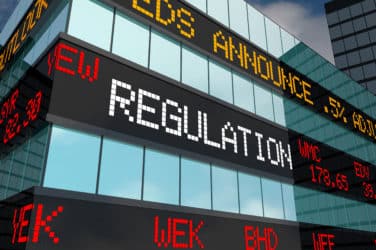
More than three years after the first transaction of our NextGenerationEU (NGEU) Green Bonds, the EU has issued more than €65 billion of NGEU Green Bonds, setting the EU on track to becoming the largest issuer of Green Bonds in the world.
In line with the announcement of President von der Leyen in her State of the Union address of 2020, the European Commission will continue to work towards issuing 30% of the NextGenerationEU financing through Green Bonds. NGEU Green Bonds are expected to enable €264.6 billion of green investments in the nine sectors set out in the NGEU Green Bond Framework, including clean transport, clean energy and energy efficiency, confirming the EU’s leading role in sustainable finance.
The full implementation in the coming years of all measures that can be funded by NGEU Green Bonds will provide a significant contribution to the EU’s green transition, reducing GHG emissions by an estimated 55 million tons per year within the Union. This is 1.5% of all GHG emissions in the EU and equivalent to the combined emissions of 15 million EU households or to replacing 38 million of the EU’s 250 million internal combustion cars with electric vehicles. These are the results of this year’s comprehensive analysis of the expected climate impact of the NextGenerationEU Green Bonds allocation published today in an annual report.
Green Bonds are also an excellent opportunity for investors being part of the solution: tackling the challenges of our generation and contributing to an environment in which our children can live is the highest return on investment.
The Commission launched a dedicated Green Bond Dashboard in 2022 to provide full transparency about how the financing raised from NextGenerationEU green bonds is invested. It does so by providing a real-time overview of the measures and related expenditures that receive financing from the green bonds. This data will further reassure investors that the Commission is issuing green bonds in line with the highest standards and best market practices.
Overall, the EU’s presence in the capital markets has increased tenfold in just 5 years. Today, the EU’s total bonds outstanding have surpassed the half-trillion Euro mark.
In a volatile global environment, liquid and safe collateral EU bonds increase the pool for safe euro-denominated assets and offer an opportunity to diversify risks.
Next steps
The Commission will continue to provide reports on climate impacts of the NextGenerationEU Green Bonds allocation on an annual basis.
Background
Under the NGEU instrument at least 37% of spending in Member States’ Recovery and Resilience Plans (RRPs) will be used for sustainable investments and reforms in areas such as green infrastructure and renewable energy. Member States are required to report to the Commission on the implementation of climate-relevant measures, enabling the Commission to issue NGEU Green Bonds to finance these investments. The report provides a detailed update on the expenditures to be financed through NGEU Green Bond issuance, and on the progress with their implementation.
NGEU Green Bond issuances are underpinned by the NGEU Green Bond framework. The framework, adopted in September 2021, is aligned with the Green Bond principles of the International Capital Market Association, ensuring alignment with market standards on the use, management and reporting of proceeds.
The annual NGEU Green Bonds Impact and Allocation report is the principal means for communicating with investors and stakeholders on the use of proceeds and the climate impacts of NGEU Green Bond financed investments.
This edition of the report builds on previous NGEU Green Bonds Allocation and Impact Reports. The information included in the report is based on a cut-off date of 1 August 2024.
Source: European Commission





